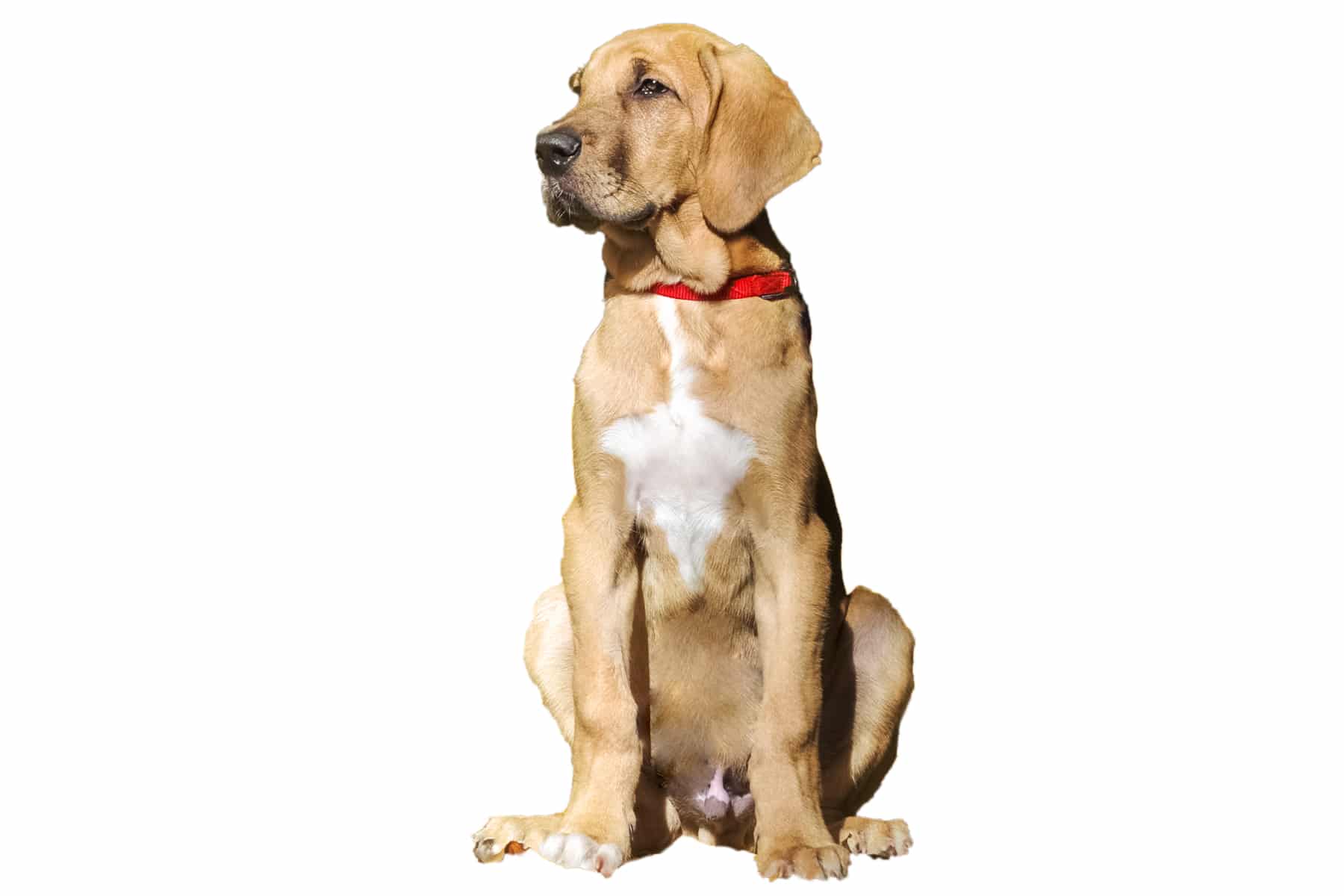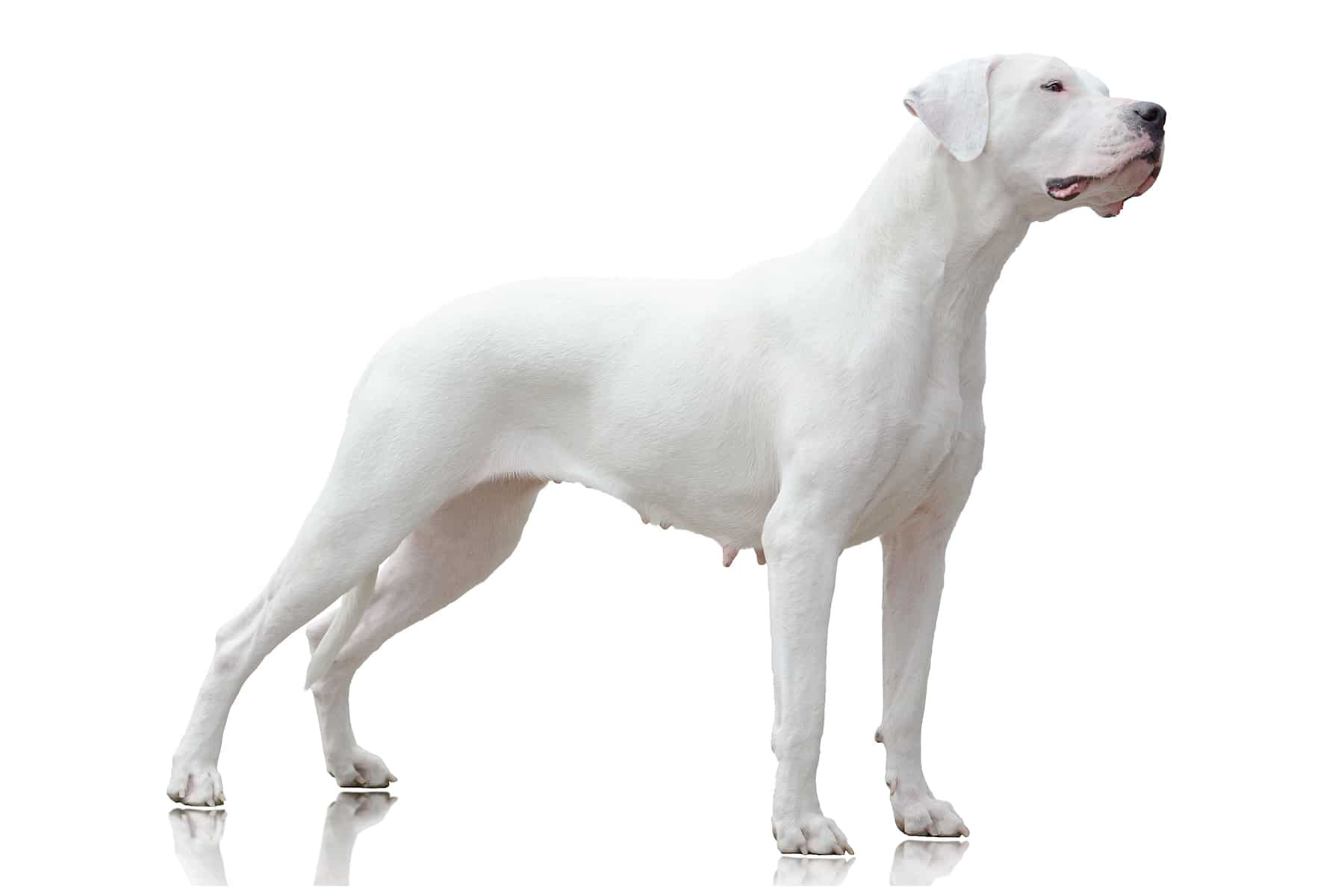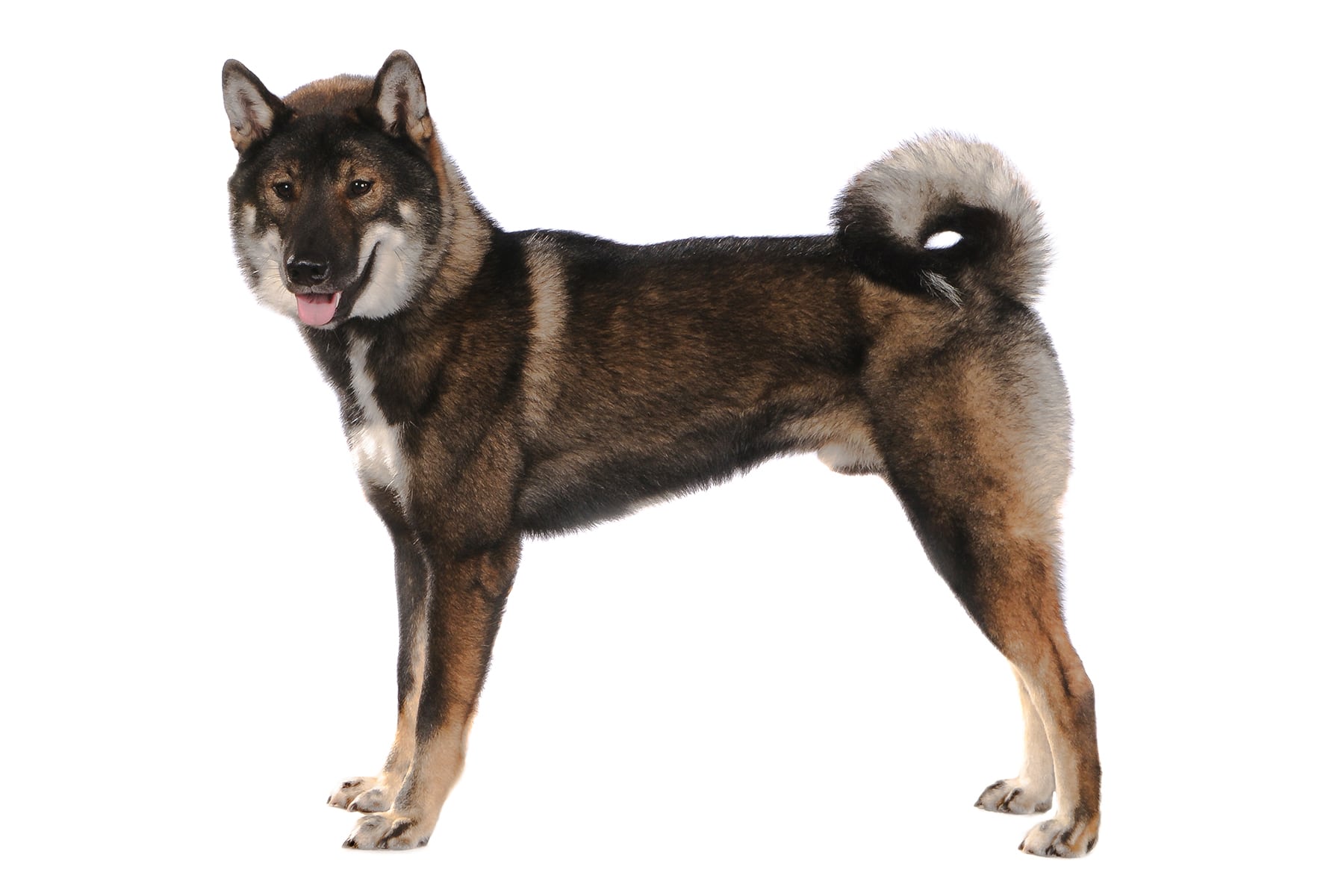Norwich Terrier
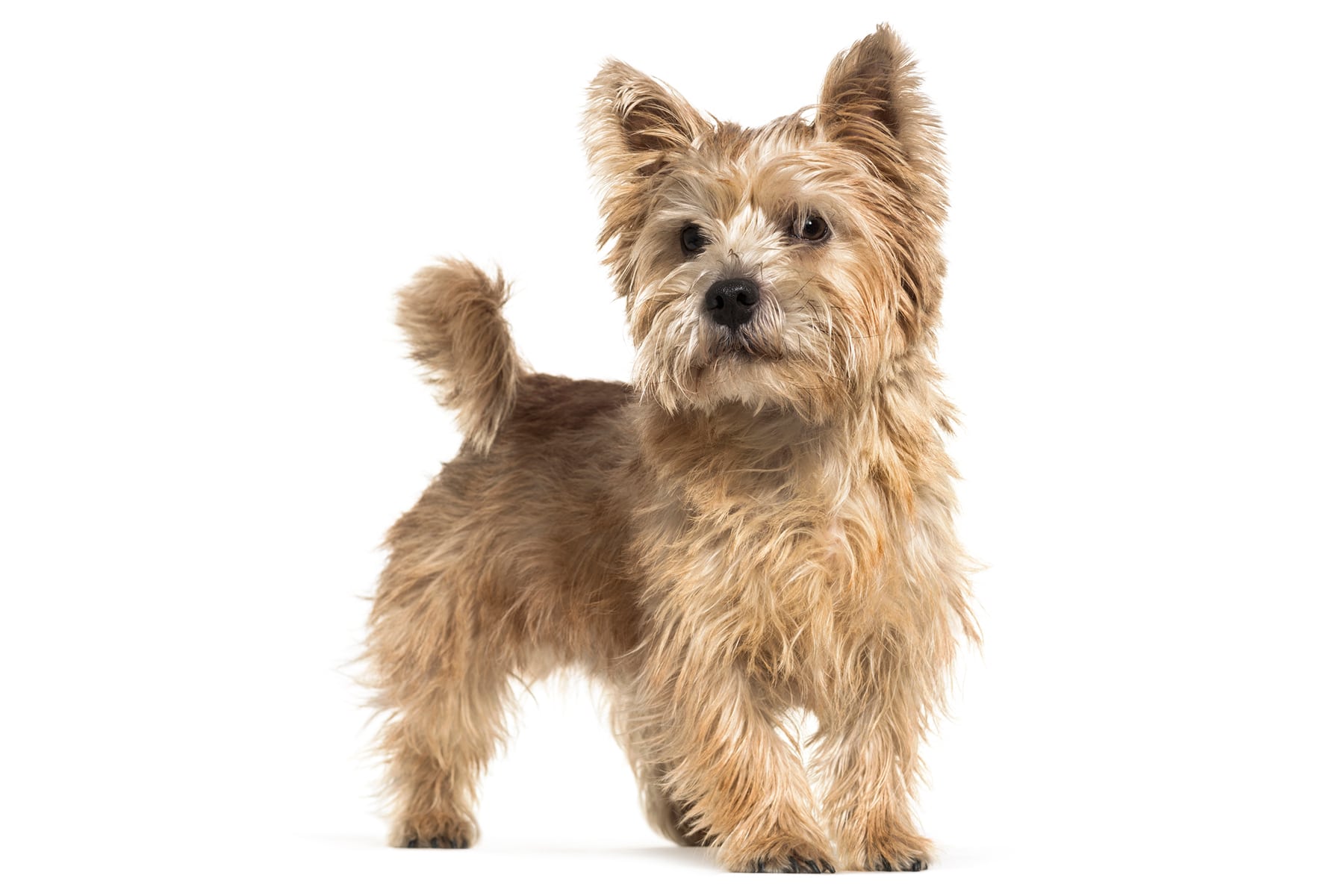
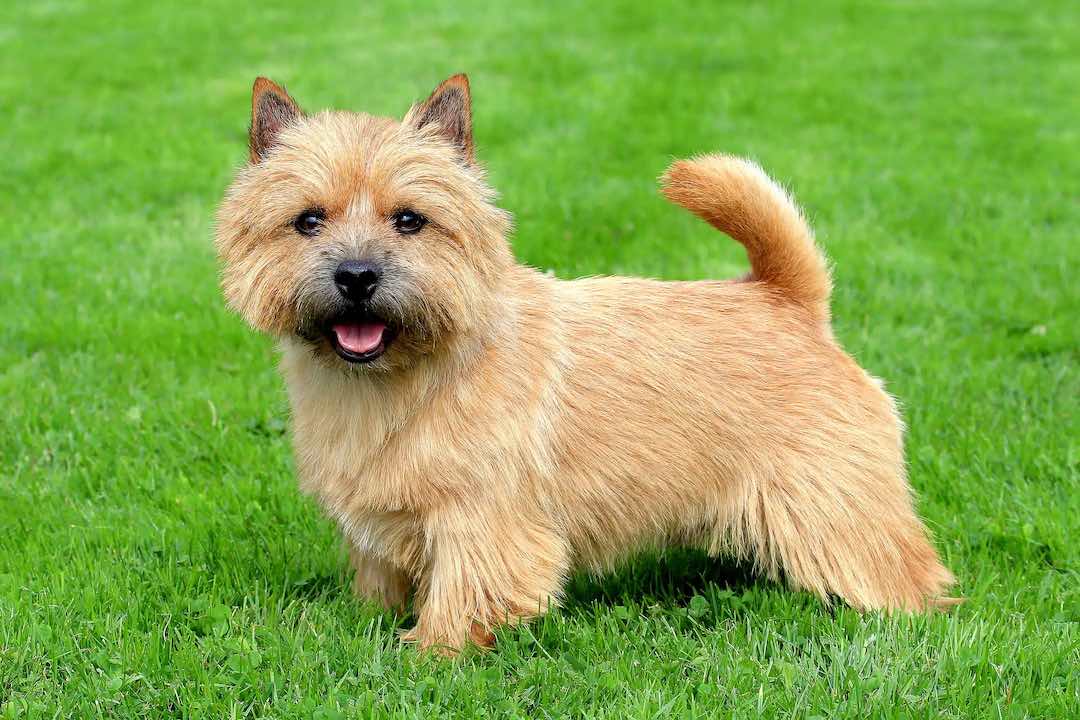

Temperament:
The Norwich Terrier is originally a hunting dog. In the past, it was mainly used for fox and badger hunting in England. It is closely related to the Norfolk Terrier. This small dog is very agile, playful and maneuverable. You will have a lot of fun with him. This dog has very small prick ears. It is the mascot of England's elite Cambridge University. This terrier breed quickly forms a close bond with its owner. Long walks are no problem.
Characteristics
The Norwich Terrier belongs to FCI Group 3 / No. 72 and originally comes from the United Kingdom of Great Britain and Northern Ireland. It has a life expectancy of over ten years.
This breed is suitable for beginners. In order to train a dog successfully, you first need to understand how the learning process works. This will make all practical exercises easier for you as the owner and for your dog. You can achieve a lot with dogs using rewards and treats. The Norwich Terrier is easy to teach and learns quickly, for example retrieving. If you choose a Norwich Terrier as your best friend, you will definitely have a loyal companion who loves you more than he loves himself.
This short-legged, compact terrier was human-oriented from the very beginning. That is why it is an excellent family dog. Recently, he seems to be becoming more and more popular. He is a bright, lively, cheerful, playful and child-friendly sprite. It has a stable temperament, a robust constitution and is not very susceptible to illness. The Norwich Terrier is not a barker.
The adaptable terrier also feels at home in a small city apartment and does not need much exercise. The hard, rough coat should be lightly trimmed regularly. It is somewhat prone to dental problems.
Coat care:
Shedding:
Energy level:
Trainability:
Children suitable:
The right food
When choosing food, make sure that it contains high-quality ingredients, is balanced and meets your dog's requirements. Age, size or weight, activity and health status play an important role. You should follow the manufacturer's recommendations for the amount of food.
Treats should only be fed in moderation and deducted from the basic diet to avoid obesity.
Puppies can be fed 4-6 times a day. The number of meals should be gradually reduced to 2 per day until the dog is fully grown. A rest period should be observed after meals.
Fresh drinking water should be available at all times.
Health & Care
Grooming is important for a dog's hygiene, health and well-being. But it is also a social act that strengthens the relationship and conveys tenderness.
Touch is important. Dogs mainly touch each other when playing, fighting and mating. People touch dogs not only to guide and groom them, but also to give them affection. The dog must learn that it can trust you when you do this.
Petting and grooming should start with puppies. But even older Norwich Terriers will get used to it if you give them enough time to develop trust. Keep the familiarization phase short and be cheerful, calm and gentle. Move slowly and build up your interaction with the dog step by step until he is used to it.
You should groom your Norwich Terrier once a day and take a close look at it. The dog's coat normally consists of an insulating, soft undercoat. The top coat is important as it protects against wind and rain. Different hair types have developed through selective breeding. Some of the old hair falls out on its own, while other hair needs to be cut regularly or plucked out by hand. Get your Norwich Terrier used to being groomed and handle the comb and brush with care.
Nerves and blood vessels run through the claws. To avoid injuring your dog, you should have the claws trimmed at a dog grooming salon or by a vet if you are not experienced in this. Get your dog used to the claw nippers early on and to the fact that you are holding his paws.
The Norwich Terrier is prone to dental problems. You should therefore brush his teeth regularly with a dog toothbrush and dog toothpaste.
The Norwich Terrier's coat is oily to protect it from wind and weather and often gets dirty or smelly. If the dog lives well protected indoors, there is nothing to stop you from bathing him with a mild dog shampoo if necessary. But make sure he enjoys it and dry him thoroughly afterwards.
Once your Norwich Terrier has become accustomed to daily grooming, he will enjoy it like a massage. You can use this opportunity to feel your dog for parasites, lumps, cracks, etc.
Suitable accessories
Your Norwich Terrier needs the same basic equipment as other dogs. This includes a collar or harness with lead, a dog basket or dog mat as a place to retreat to, water and food bowl, tick tweezers, claw clippers, mild dog shampoo, brush and comb, toothbrush and toothpaste for the dog, a transport box for transportation in the car, toys for exercise and intelligence, and a first aid kit. It's best to ask your vet what belongs in the first aid kit.
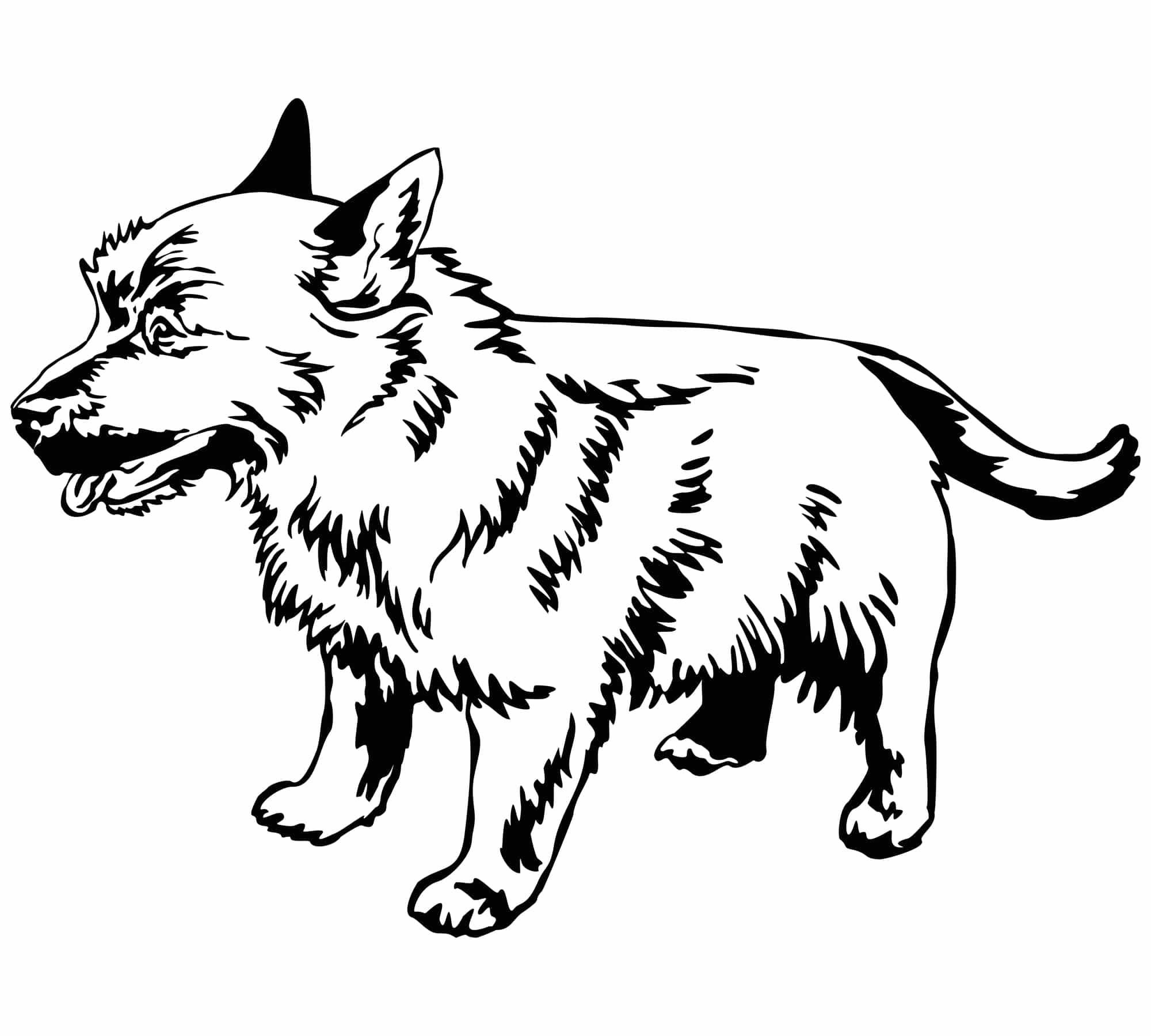
Origin & History
Norwich and Norfolk Terriers look almost the same. Norfolk is a county in the east of England and Norwich is the capital of Norfolk. Their ancestry is similar. The first dogs of this breed were bred in the county in the 19th century. They were good at fighting vermin such as pesky rats.
Both the local farmers and the students at Cambridge appreciated this. For a long time, the two types of terrier were not differentiated. It was not until 1965 that the Norfolk Terrier was separated from the Norwich Terrier as a separate breed. The biggest difference: the Norwich Terrier has erect ears, the Norfolk Terrier has drooping ears.
